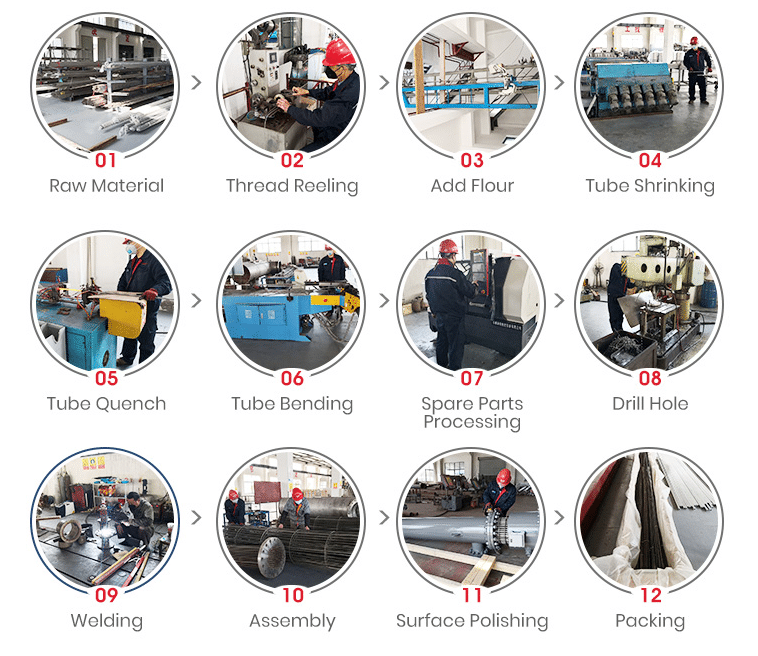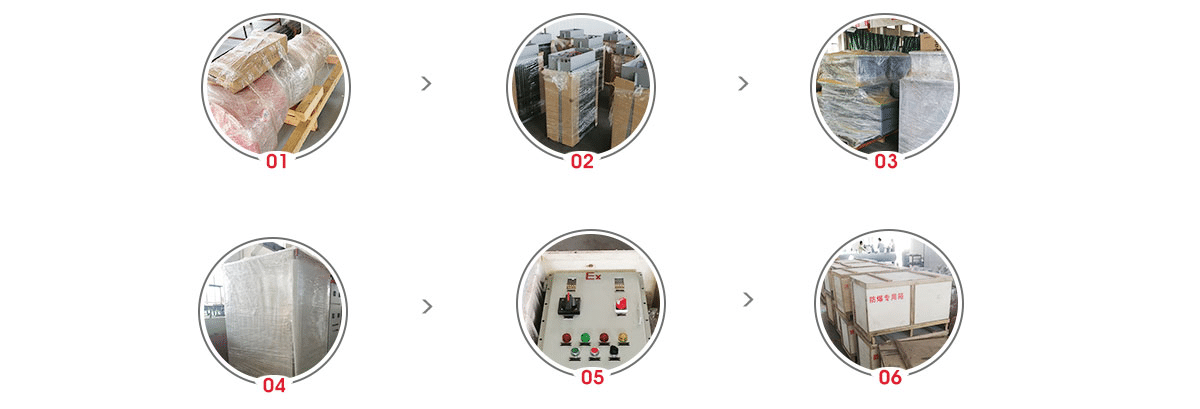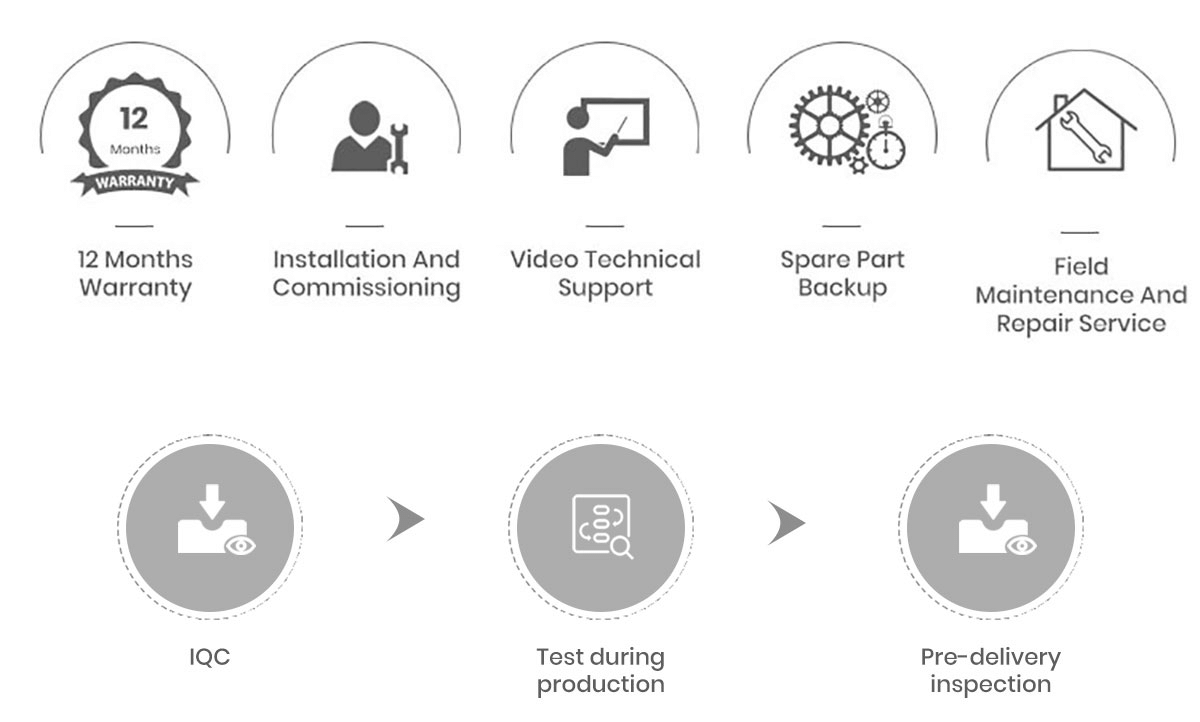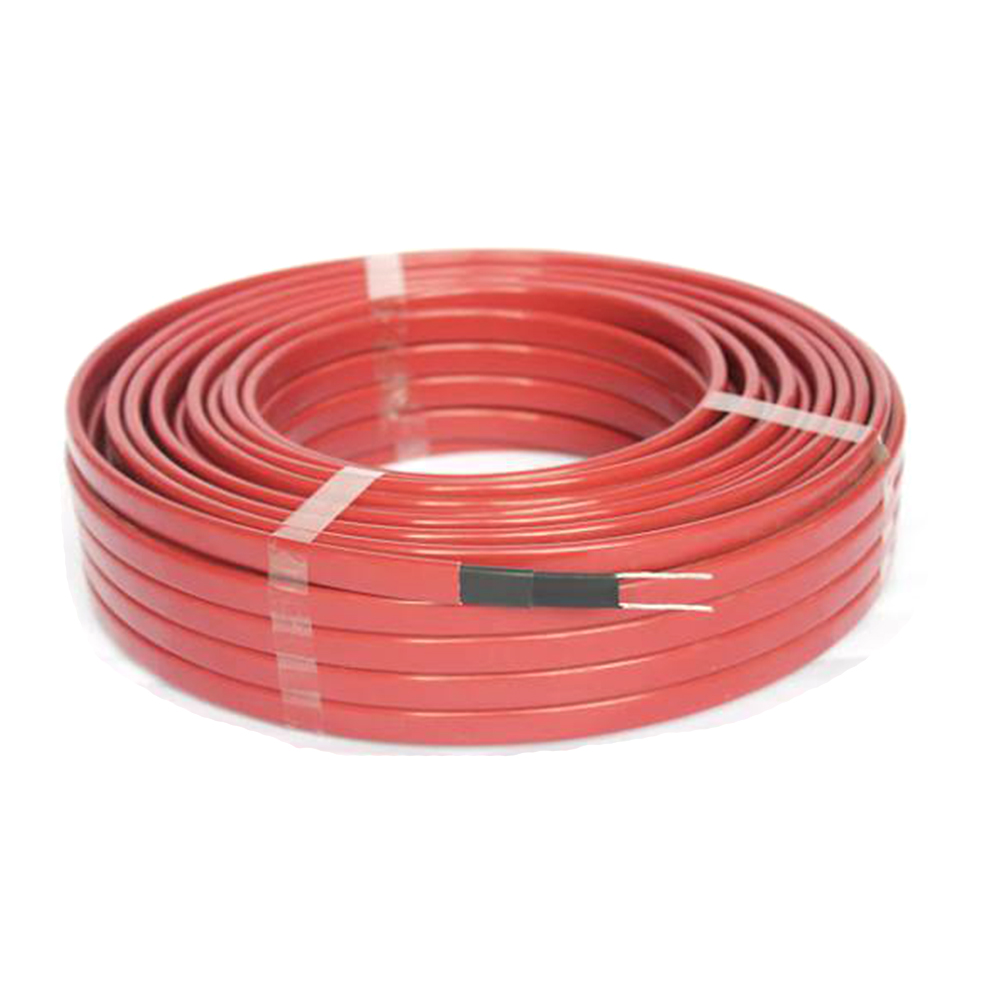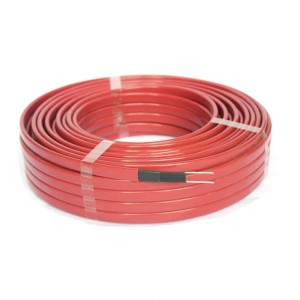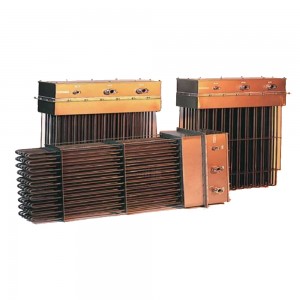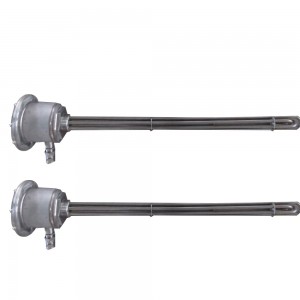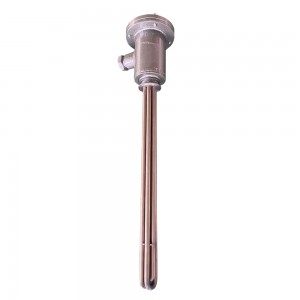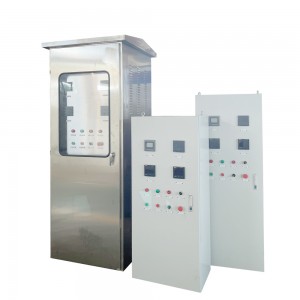Customized trace heating
Trace heating cables contain two copper conductor wires that are parallel in length which creates a heating zone with a resistance filament in place. With a fixed voltage supplied, a constant wattage is produced which then heats up the zone.
The most common pipe trace heating applications include:
Freeze protection
Temperature maintenance
Snow Melting On Driveways
Other uses of trace heating cables
Ramp and stair snow / ice protection
Gulley and roof snow / ice protection
Underfloor heating
Door / frame interface ice protection
Window de-misting
Anti-condensation
Pond freeze protection
Soil warming
Preventing cavitation
Reducing Condensation On Windows
1.Are you factory?
Yes, we are factory, all customers are more than welcome to visit our factory .
2.Can you leave heat tape plugged in?
When the temperature drops, a small thermostat (built in on most models) calls for power that produces heat, then cuts off power after the temperature rises. You can leave these models plugged in. ... The Consumer Product Safety Commission (CPSC) says they no longer collect data on heat tape-related accidents.
3.What if heat tape is too long?
Usually you can wrap the tape around the pipe as you install it. You can then add or subtract wraps to adjust the length and make it come out where you want. This works well for just a short amount of slack.
4.Should heat tape feel warm to touch?
Feel along the length of the heat tape. It should be getting warm. If the heat tape fails to warm up, after 10 minutes, the thermostat or the heat tape itself is bad.
5.Does heat trace need to be insulated?
If you can see the pipe at any point it MUST be insulated. Wind-chill and extreme cold ambient temperatures are the main factors that lead to heat loss, causing your pipe to freeze even when protected by heat trace. ... Being in a boxed enclosure or big-o drain pipe is not enough protection, it must be insulated.
